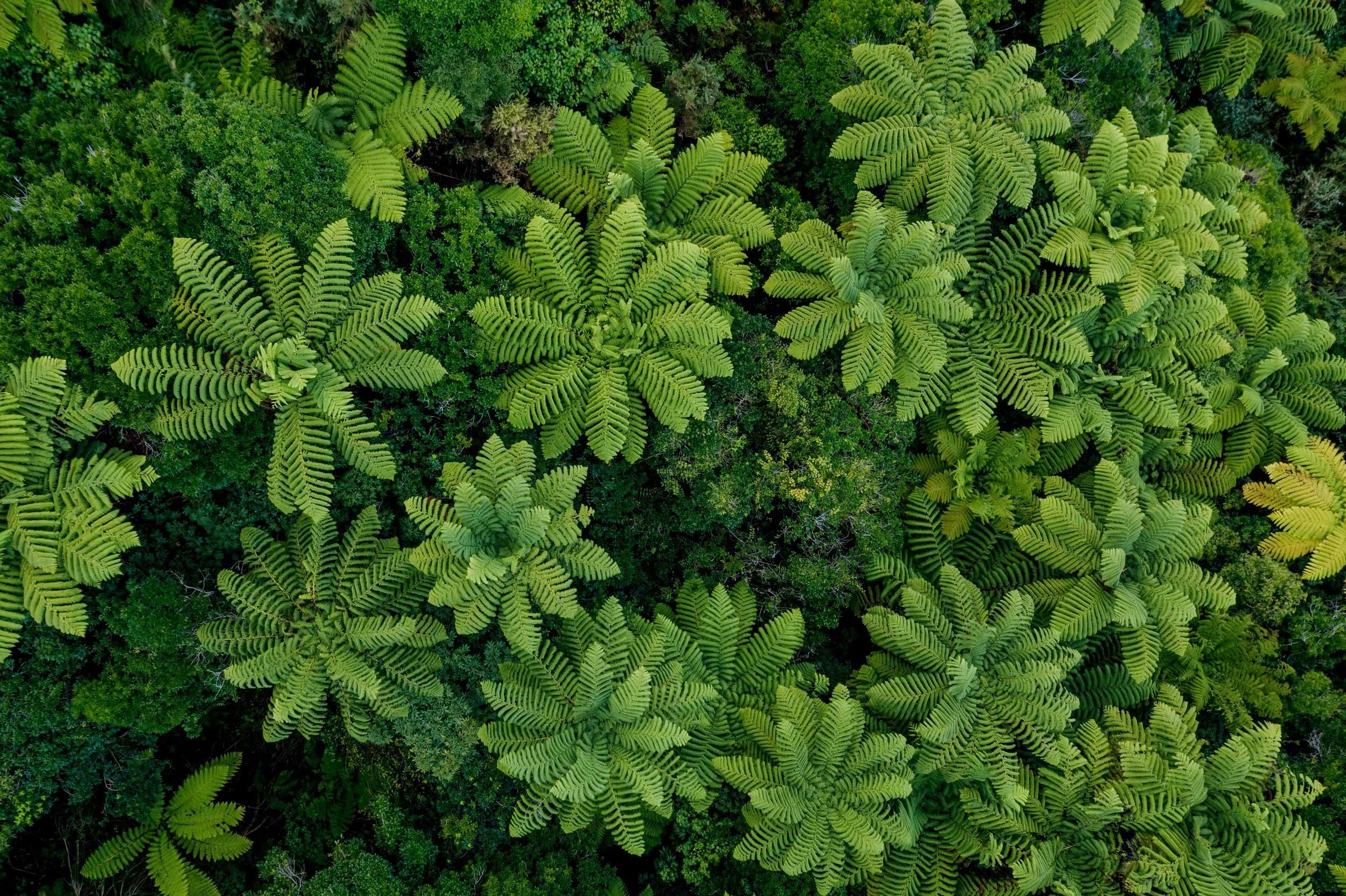
A Low Carbon, Biodiverse, Climate Resilient Future
We work with organisations to look after the place - climate, community, biodiversity
BUSINESS SOLUTIONS
Organisations are increasingly aware of the need to look after the planet as a core element of what they do.
We are here to help you get started with the carbon and biodiversity elements of your journey.
NATURE-BASED SOLUTIONS
We will help you develop your nature solutions project. We offer three programmes to suit different situations and needs.
Carbon project development for landowners, corporates, communities (post-1989 forests in NZ)
Carbon project development for projects in the international carbon market
Biodiversity credits, and a crediting system for other UN Sustainable Development Goals
CONSULTING SOLUTIONS
We are International leaders in environmental consulting with clients ranging from governments, multilateral banks, international organisations, corporates, universities, and community organisations.
OUR PROJECTS
We have developed restorative carbon projects and biodiversity projects since 2008.
“Working with Ekos is a straightforward way to help maintain our integrity in climate change issues, with a company that we respect and enjoy interacting with.”











